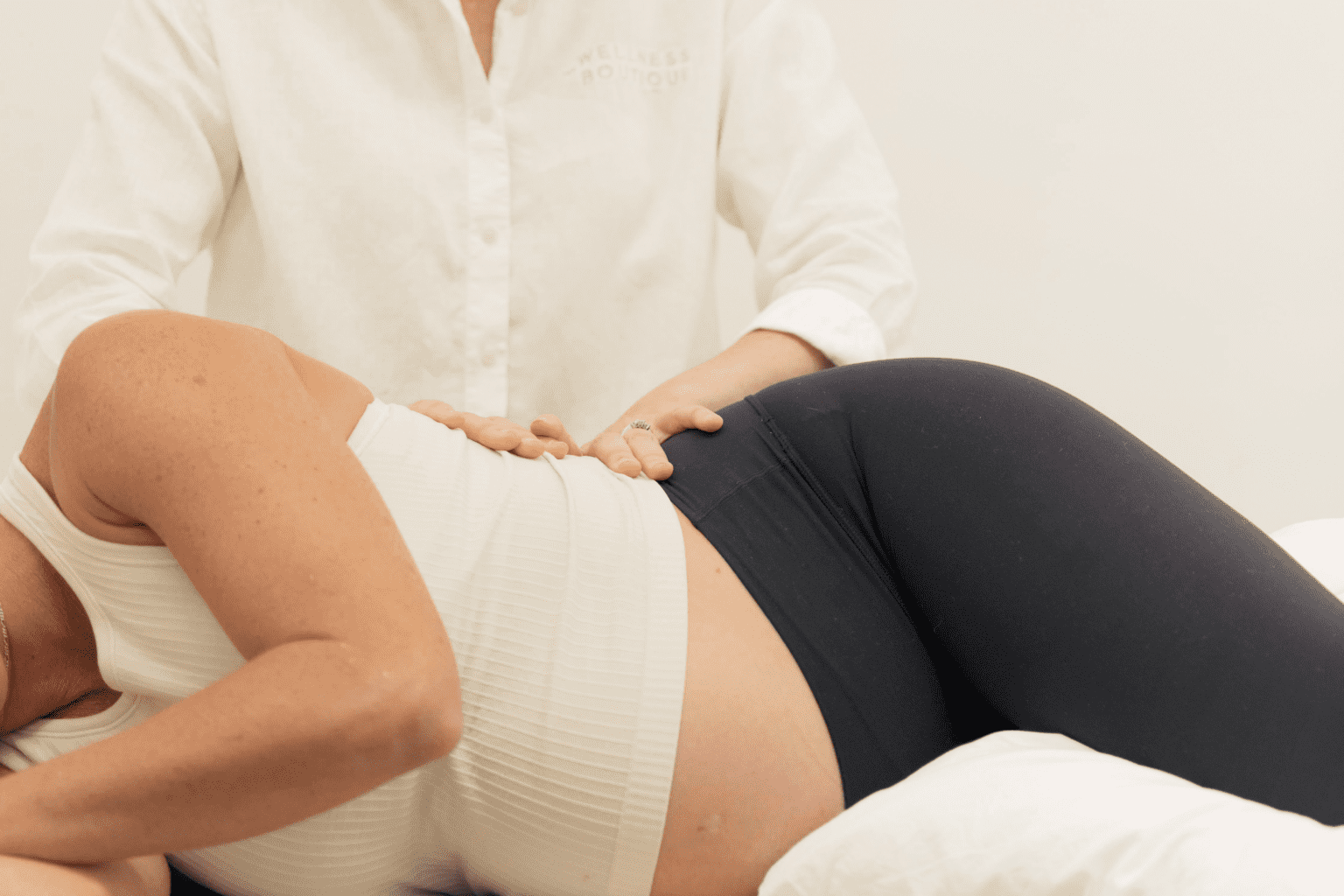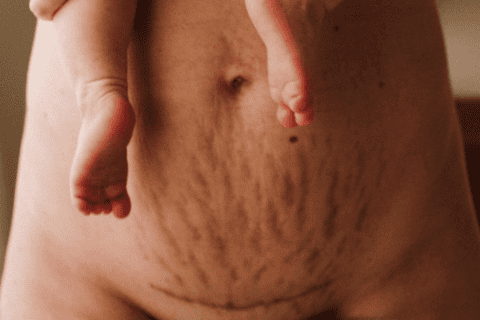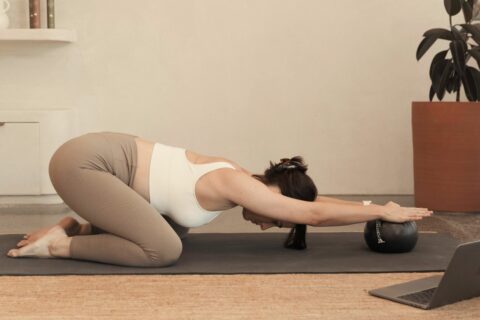Pelvic girdle pain (PGP) is common in pregnancy; it’s estimated that 1 in 5 women will experience it. PGP is not harmful to your baby, but it can cause significant pain around your pelvis area, making everyday movements more difficult. The good news is you don’t have to put up with the pain. With the right care you can manage PGP to improve your quality of life and make your pregnancy journey more enjoyable.
What is pelvic girdle pain?
PGP in pregnancy is a collection of uncomfortable symptoms in and around the pelvis, caused by a range of things. Changes during pregnancy can contribute to this including; increased body weight and load through the pelvic joints as baby grows, hormonal changes that cause the ligaments to soften and increased mobility of the pelvic joints to prepare for birth.
Another outdated term you may still hear to describe this pain is symphysis pubis dysfunction (SPD), which specifically refers to the pain at the front of the pelvis (pubic symphysis) only. The term we prefer to use that captures the extent of the condition and its relationship to pregnancy is pregnancy related pelvic girdle pain (PPGP).
Symptoms can include pain between the top of the pelvis and bottom of the buttocks, particularly in the region of the sacroiliac joints (the joints that link your pelvis and lower spine). The pain can radiate down the back of your thighs and can also occur separately or at the same time at the pubic bone. Sometimes pain can radiate to your thighs too.
Aggravating factors
Pain can intensify when doing simple everyday activities. Some of the common aggravating factors for pelvic girdle pain include rolling in bed at night (and we know that’s already uncomfortable while pregnant), getting in and out of the car, walking up and downstairs/hills, and getting dressed.
Top 5 tips for managing pelvic girdle pain in pregnancy
There are some simple adjustments you can make to how you move that will alleviate symptoms and help you have a happier pregnancy. Here are some ways you can modify tasks that cause pain.
Move mindfully getting in and out of the car
Getting in and out of the car can be quite challenging when you have PGP. Imagine moving as if you are wearing a pencil skirt to keep your hips in alignment (rather than swinging your legs apart to climb in). If it helps, a plastic bag can be a great tool allowing you to swivel your bum around 90 degrees once you’ve sat down to turn you towards the steering wheel—just make sure you remove it before you start driving!
Roll out of bed slowly
The aim here is to let your body roll in one motion so your pelvis stays in alignment. Try to avoid stepping or swinging out one leg at a time which can aggravate symptoms. Here’s how:
-
- Roll yourself onto one side with knees together and slightly bent.
- Push yourself up with your hands, keep your legs together and slowly swing them to the floor.
- Sit up with your feet balanced under your hips.
- Use your hands to push up against the bed to stand.
Sit to get dressed
Getting dressed can be one of those pains women with PGP experience daily. If you’re putting pants on, sit on the edge of your bed, put one leg in at a time, then stand to pull-on pants. This can reduce the unnecessary load on one side which can bring on pain.
Modify exercise
Exercise can be very beneficial in pregnancy (for both the body and mind), but even the simple act of walking could aggravate your pelvic girdle pain. A simple modification to try is taking shorter, even steps at a slower pace when walking. For some women, alternative exercise options are more ideal and we recommend you see your women’s health physio to get guidance on how to move better. A trained physiotherapist can offer modifications to help keep you moving safely. We can even suggest positions for labour, birth and sex to help minimise PGP pain.
Seek hands-on treatment
The Wellness Boutique offers manual release work to alleviate symptoms and figure out what’s going on. A lot of the time one side of the pelvis is different from the other—for example, one side might be pulling and creating more tension than the other. We use hands-on techniques to balance out any issues depending on what your body needs. We may even suggest a pregnancy aid (like SIJ belts and support garments) as these can provide significant relief for some women.
Pelvic Girdle Pain will likely cease once you have had your baby, and it doesn’t reduce your chance of a vaginal delivery, but we believe you don’t have to suffer. If you can manage symptoms during pregnancy and have a better experience because of it, why wouldn’t you?
Early diagnosis can help minimise pain and help you avoid long-term discomfort. If you’re experiencing any pain or want to discuss a concern related to pelvic girdle pain or your pregnancy, please seek the help of a women’s health physio.




